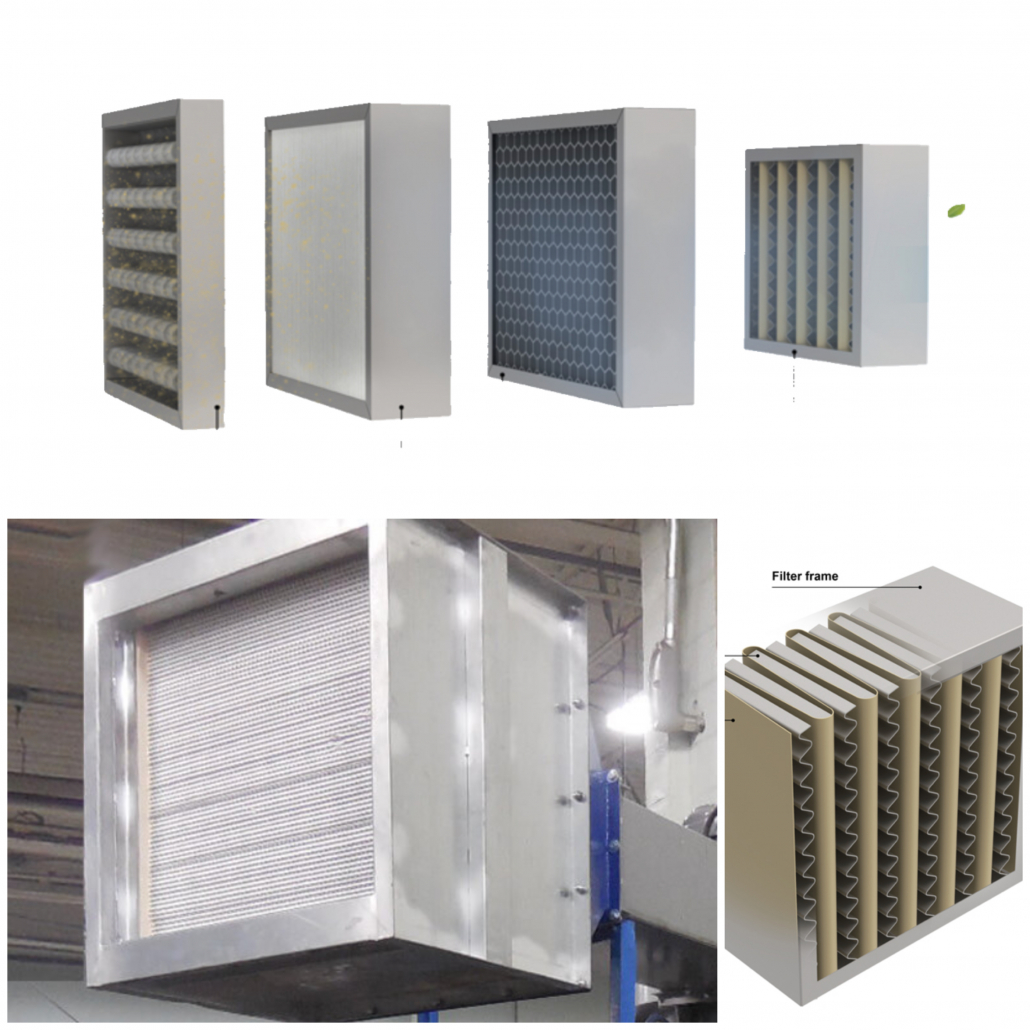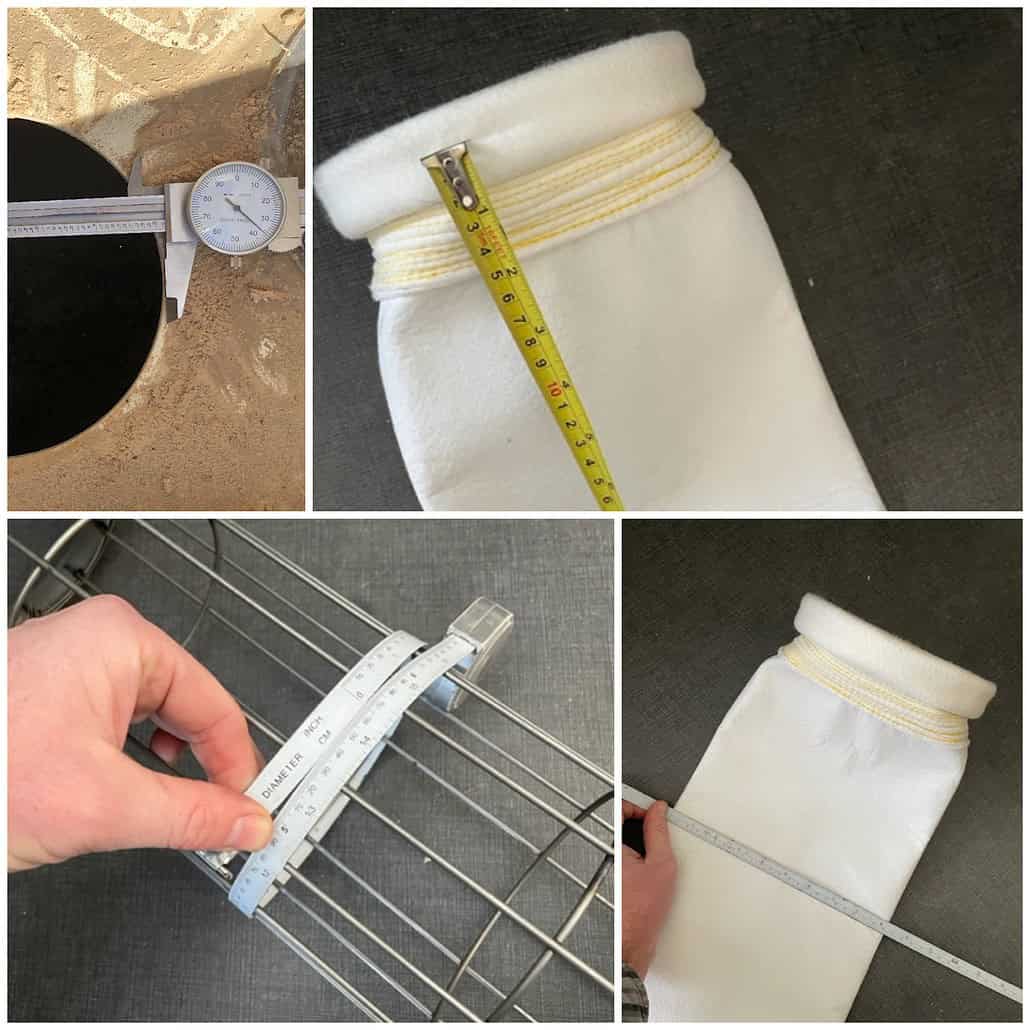In virtually every industry in the US, where air quality and worker well-being are crucial to the success of any business, industrial dust collection systems play an important role. These systems ensure smooth operations and employee safety. But, choosing the right components while staying on budget can be a complex puzzle. Let’s simplify this process, finding the sweet spot between wise investments and smart savings, all while building powerful and sustainable industrial dust collection systems.
5 Key Factors When Budgeting for Your Dust Collection System
1. Dust Properties: The Foundation for Filters and Collectors
Before diving into budget details, remember that dust properties set the stage. Understanding these properties guides filter media and collector choices, ensuring top-notch functionality.
Think About These Dust Properties:
- Size: Are the dust particles small or large?
- Density: Is the dust light, like wood dust, or heavy, like fine steel dust?
- Chemistry: Does the dust have abrasive or corrosive qualities?
- Temperature: Is your work area hot?
- Moisture: Is there moisture or oil in the dust?
Knowing these dust properties helps you choose the perfect collector for your specific needs. Read more: Top 4 Reasons Why Baghouse Filters Fail.
2. Space Constraints: Finding the Right Size
Space limits define your collector’s size. These systems come in various heights, widths, and depths. Measuring the space and considering top-loading designs, which need overhead clearance for maintenance, are essential. It is also worth considering if you have an existing concrete pad, or if one must be poured to support the weight of your collector and fan. Watch the video: Intro Guide to Sizing and Design Your Baghouse.
3. Emissions Requirements: Navigating Legal Waters
Specific emissions regulations might apply based on your application. Emission limits differ by state and are expressed as efficiency percentages for cartridge collectors or emission limits (like lbs/hr or gr/dscf) for baghouses. These limits may impact the filter media required for your system, as well as the need for after-filters or additional equipemnt. Read more about regulatory requirements and compliance.
4. Volume: Sizing for Efficiency
Accurate airflow measurement is crucial for effective dust collection. Wrong volumes can disrupt production, air quality, and increase energy costs.
Airflow is measured in cubic feet per minute (CFM), showing how much air moves per minute from a space.
Variables for Volume Calculation:
- Dust collection method
- Duct size
- Workspace volume
Getting the airflow right ensures long-term collector efficiency. Want to know more? Read the following article: Why You Need to Properly Size Your Baghouse System.
5. Air-to-Cloth Ratio: Striking the Balance
The air-to-cloth ratio measures airflow efficiency through filter media. The right balance ensures optimal filtration.
Why Air-to-Cloth Ratio Matters:
- Lower ratio for efficient dust removal
- Higher ratio leads to increased energy costs and decreased suction
Calculating this ratio helps size the collector accurately, preventing pressure drops and maintaining air velocity. How to Select the Right Differential Pressure for My System?
Baghouse Styles: Picking Your System
The three most common baghouse styles are pulse jet, reverse air, and shaker style. Each has its advantages and disadvantages. The right choice depends on factors like space, maintenance needs, and filtration requirements.
- Pulse Jet: Bags cleaned while operating, low maintenance, flexible sizing.
- Reverse Air: Gentle cleaning, divided sections, custom bag design.
- Shaker Style: Easy operation, low initial cost, shaker mechanism for cleaning.
Dust Collector Design for Easy Maintenance
Choosing design features that simplify maintenance is a smart long-term investment. Things to look for:
- On-demand filter cleaning for efficiency and durability (not all control panels offer this option)
- Modular design for expansion and accessibility
- Quick access filter covers
- Standard filter sizes for cost-effective replacements
Combustible Dust Safety Equipment
Safety is top priority, especially with combustible dust, and there are specific equipment requirements for systems handling combustible dust. To ensure your system is safe and compliant, take the following steps:
- Following OSHA and NFPA standards
- Implementing a maintenance plan
- Installing explosion vents and latches
Tailored Dust Collection Design
Each dust collection application is unique, needing a comprehensive approach. Partnering with an experienced dust collection design and engineering companies like Baghouse.com, ensures efficient and effective systems designed for your facility.
In conclusion, budgeting for industrial dust collection systems goes beyond finances. It’s an investment in health, safety, and efficiency. By considering dust properties, space, emissions, volume, and air-to-cloth ratio, while prioritizing maintenance and safety, you can build a system that’s cost-effective and high-performing. Remember, a well-designed system not only saves money but also ensures a cleaner, safer, and more productive work environment.
Contact Us to Speak to One of Our Baghouse Experts.
For more baghouse related training and information, be sure to check out our Baghouse Online Training page.






